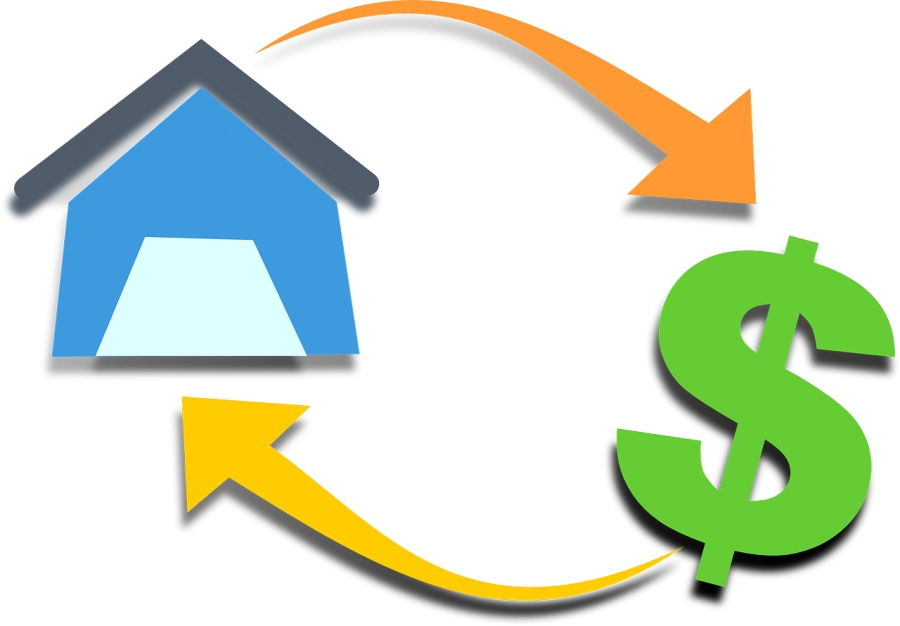One may or may not be familiar with the term ‘government backed’ but it might be a bit confusing at first. First, what it’s not, is a guarantee someone is going to get a mortgage because it’s backed by the federal government. These types of mortgages are differentiated from so-called ‘conventional’ mortgages. A conventional mortgage is one where the individual lender assumes all the risk of issuing a particular home loan. A government backed mortgage has a degree of a guarantee should the loan ever go into default.
Most conventional loans issued today are those underwritten to Fannie Mae or Freddie Mac standards. When a lender makes a loan based upon these guidelines, the loan is typically sold to either Fannie or Freddie individually or ‘in bulk.’ Most conforming conventional loans make up nearly two-thirds of home loans issued today. The rest fall into the government backed category while a still smaller percentage are called ‘portfolio’ loans where the lender has no intention of selling the mortgage but instead keeps it in-house.
There are three prominent types of government backed mortgages and they are those underwritten to standards issued by the VA, FHA and USDA. But while these loans do carry some sort of guarantee, the guarantee is issued to the individual lender, not the borrower. This is where some get confused thinking a guarantee is a promise to issue a home loan. Instead, the guarantee compensates the lender for part or all of the loss sustained during the instance of a default.
VA loans are guaranteed at 25% of the loss. If a VA loan goes into default and the loan amount is $200,000, the guarantee to the lender would then be $50,000. This guarantee is financed with the VA’s Funding Fee. This is in essence an insurance policy with the lender as the payee. The funding fee can vary based upon the number of times the borrower has used the VA program to buy a home. Currently, the funding fee is 2.30% of the initial loan amount but is not paid for out of pocket but instead rolled into the final loan amount.
The Federal Housing Administration’s FHA home loan program also carries a guarantee but instead of partial compensation to the lender the lender is compensated for the outstanding loan balance. There are two such fees for the FHA program, an upfront fee and an annual fee paid in monthly instalments along with the regular mortgage payment. The upfront premium is 1.75% of the base loan amount and the annual premium is based upon the original down payment amount and the actual term of the loan. Each year, as the mortgage balance is paid down, the annual premium is recalculated for the coming year.
The last of the three is one developed by the United States Department of Agriculture, or USDA. The USDA loan also provides full compensation to the lender in the instance of default and like the FHA program has two separate fees. The upfront fee is based upon 1.00% of the initial loan amount and the annual premium is 0.35% of the outstanding loan balance.

